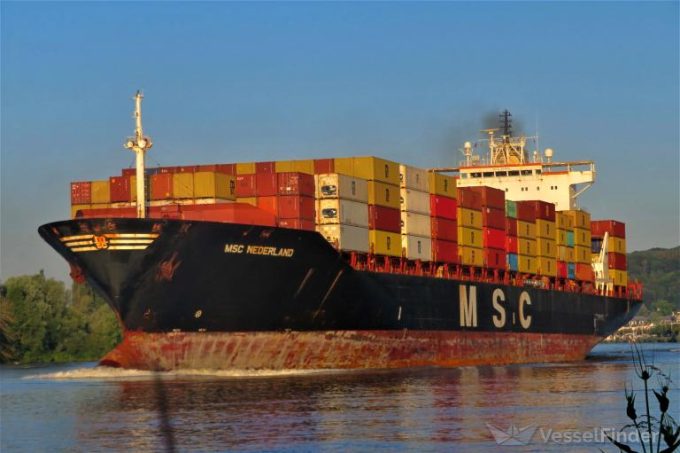News analysis: Gdansk vs Gdynia – Baltic Hub 3 a major offensive in a 15-year battle
This week’s inauguration of the new Baltic Hub 3 terminal at the Polish container hub ...

South Africa’s grape export season has begun, and ocean carriers are lining up for a slice of the action.
Below is how the exporting season works out for exporters:
“You didn’t hear this from the grapevine – you got the Grape Connect from Hapag-Lloyd!” quipped a customer ...
Predatory rivals circle as the ripples from DSV's Schenker buy widen
Latest Israeli attack on Iran a threat to box ships in Straits of Hormuz
DHL Express facilities in Canada forced to shut down by strike
Industry concerns rise after yet another box ship on fire off Indian coast
New Middle East conflict brings airspace closures, flight chaos and oil price worry
More legal trouble in India for MSC: feeder vessel detained after box ship disasters
Return of downward pressure on container spot freight rates
BYD launches logistics subsidiary – and eyes ports and shipping sectors

Comment on this article